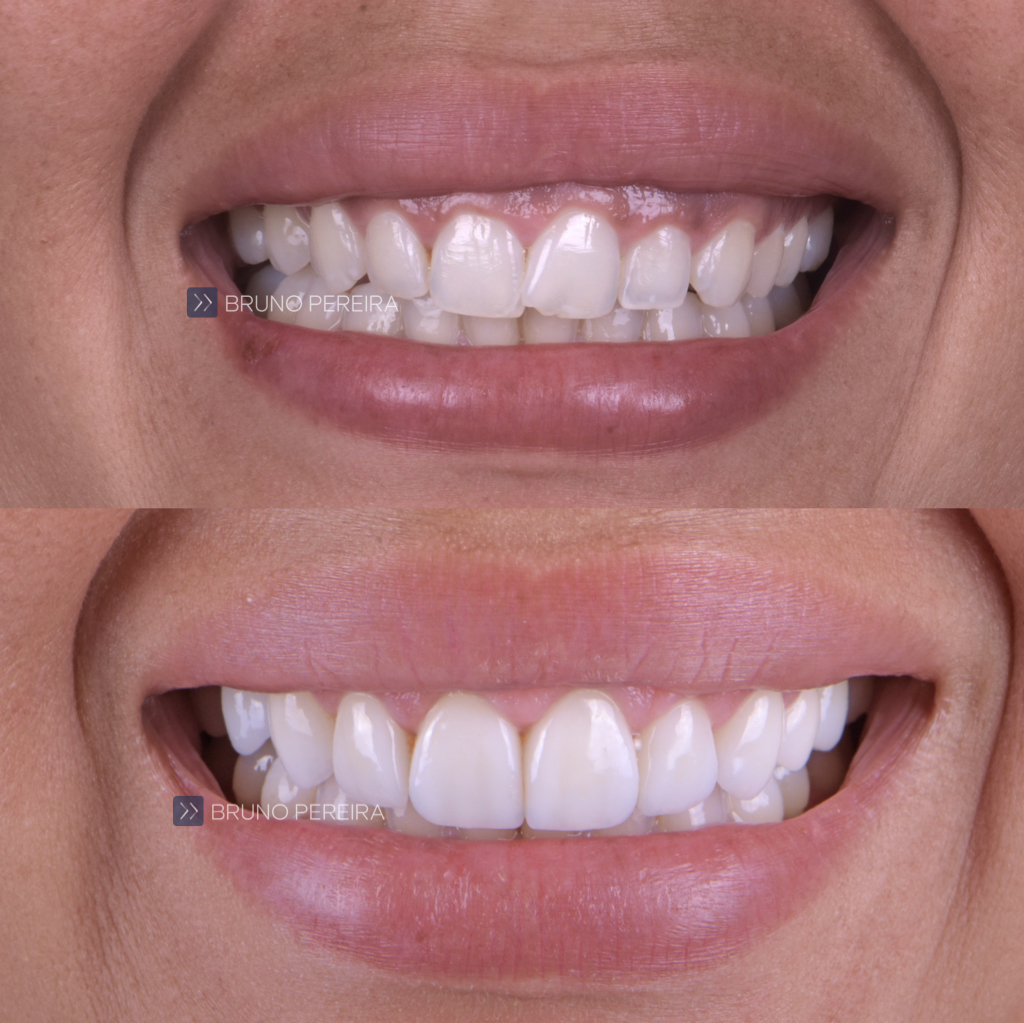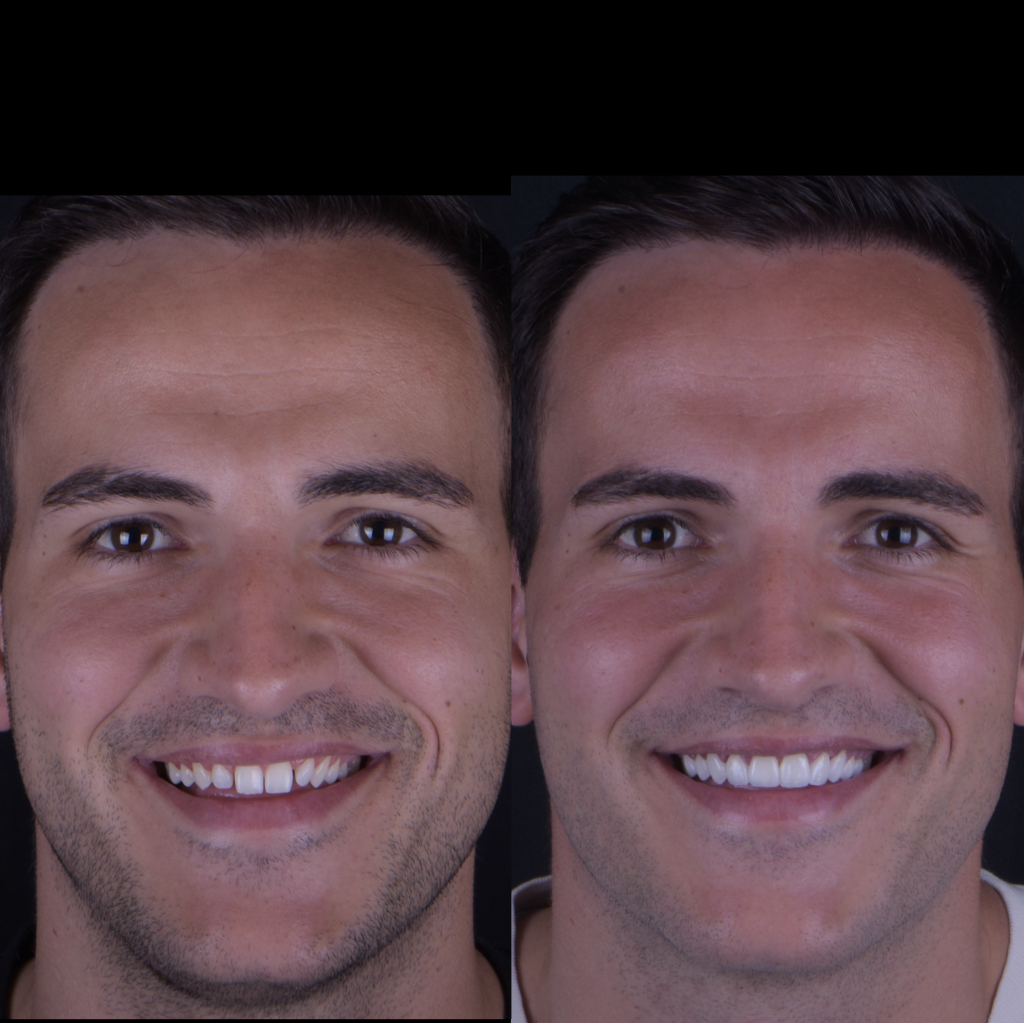Biological and Aesthetic Dentistry: The Natural Beauty in Every Smile
Introduction
When we talk about biological and aesthetic dentistry, it may seem that we are in a contradiction: how to combine an approach that deeply respects the biology and nature of the human body with the search of an aesthetically pleasing smile? In my opinion, far from being opposites, these concepts complement each other in an extraordinary way.
For me, true aesthetics is invisible. A beautiful smile is not one that looks perfect or designed in a laboratory, It is the one that reflects the natural essence of a person. This ‘naturally imperfect’ aesthetic is not only a philosophical ideal, but also the central principle of biological dentistry.
What is Biological Dentistry?
Biological dentistry focuses on respecting the body’s natural processes. In this approach, we seek treatments that are as minimally invasive as possible, preserving as much of the original tooth tissue as possible and respecting the biology of each patient. Aesthetics, although important, is not approached as a superficial or isolated objective.
Biological dentistry fundamentals:
- Preservation of the original tooth tissue: Minimal interventions to protect the natural tooth structure.
- Use of biocompatible materials: Selection of materials that integrate harmoniously with the body.
- Respect for natural processes: Allowing the body to regenerate and function optimally.
Our Philosophy: The Beauty of Natural Imperfection
In our team, we strongly believe in the natural beauty. We love working with the tones, textures and shapes that make every smile unique. Our goal is not to create perfect smiles, but authentic smiles. We integrate natural shape algorithms with the “perfect imperfections” that reflect human nature.
That doesn’t mean we ignore the challenges that the passage of time brings. We know that a healthy, functional smile is key to enjoying a good quality of life. That’s why we combine biological and aesthetic techniques to address each patient’s needs from a holistic perspective.

The Connection between Aesthetics and Well-Being
Our smile is a mirror of our health and well-being. But there is one reality we cannot ignore: our smile, like the rest of our body, ages over time. Teeth lose lustre, wear down and, in some cases, functionality is affected. This not only has a physical impact, but also an emotional and psychological one.
The impact of smiles on health:
- Immune system: The lack of a genuine smile can weaken the immune system by not releasing endorphins and serotonin.
- Emotional health: A dull smile can affect self-confidence and increase stress levels.
- Social interaction: Smiling with confidence improves our relationships and connects us with others.
Treatments That Respect Nature and Improve Function
- Minimally invasive restorations: Respect the original tooth structure.
- Focus on long-term functionality: Guarantee of healthy teeth over time.
- Biocompatible materials: Promote natural integration and minimise risks.
FAQ's (Frequently Asked Questions)
1. What is biological dentistry?
Biological dentistry is an approach that prioritises minimally invasive treatments and biocompatible materials to preserve the health and natural structure of teeth.
2. How does biological dentistry differ from conventional dentistry?
Unlike conventional dentistry, biological dentistry focuses on minimising the impact of treatments on the body and uses materials that do not disturb the body’s natural balance.
3. Are aesthetic treatments compatible with biological dentistry?
Definitely yes! In fact, biological dentistry and aesthetic treatments are not only compatible, they complement each other perfectly when applied responsibly. The key is to ensure that any cosmetic procedure respects the natural structure, function and biology of the tooth.
For example, techniques such as minimally invasive restorations or veneers made of biocompatible materials not only improve the appearance of the smile, but also preserve long-term health. By integrating these practices, we can achieve aesthetically appealing and healthy results, without compromising the integrity of the body.
Conclusion
Biological and aesthetic dentistry are not opposites, but allies in the quest for healthy, functional and naturally beautiful smiles. This approach prioritises the preservation of tooth structure and respect for the body’s biological processes, without sacrificing the desire for impeccable and authentic aesthetics.
The goal is not to achieve artificial perfection, It’s to give our patients smiles that capture their unique essence, helping them to regain confidence, wellbeing and quality of life. Because true beauty lies in respecting nature and celebrating the imperfections that make each smile unrepeatable.


